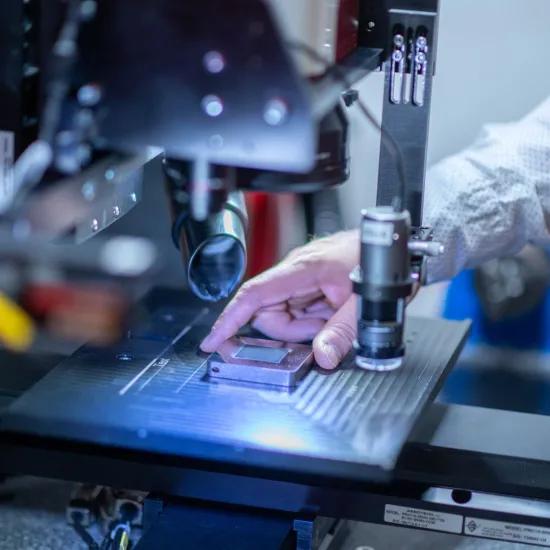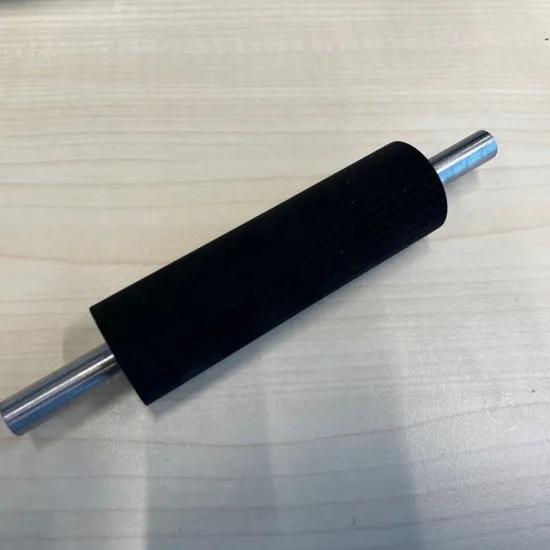Sirris and KU Leuven have started a cooperation to develop a new application of its femtosecond laser texturing technology in the field of ceramic prostheses, such as dental implants.
Together with the KU Leuven Departments of Materials Engineering and Mechanical Engineering, Production Engineering, Machine Design and Automation division, Sirris is working on a novel application of its femtosecond laser texturing technology. Within the context of biomaterials, we are investigating the creation of microtextured surface topographies on ceramic prostheses, such as dental implants. This can enhance the adhesion and alignment of stem cells on the implant surface for an improved integration of the implant in the host bone (osseointegration).
Due to its favourable colour and wear resistance, yttria-stabilized tetragonal zirconia polycrystals (3Y-TZP) is an ideal candidate material for dental applications. 3Y-TZP owes its strength and toughness from the fact that the yttria stabilizes the high-temperature tetragonal crystal system at room temperature. As soon as a crack occurs, the stresses in the crack tip transform this tetragonal crystal system to the monoclinic phase, which is accompanied by a volume expansion forcing the crack to close. However, water can also induce this phase transformation, leading to a mechanical resistance loss for 3Y-TZP. Present-day research into zirconia-based materials is therefore focusing to a large extent on strategies that prevent this water-induced phase transformation for a long-term survival in the watery environment.
Nanotextures improving cellular response
Cellular adhesion, and in particular of stem cells, was proven in literature to be enhanced by the presence of textures, in particular textures on the microscale. Improving the cellular response can lead to faster osseointegration of the implant, potentially speeding up patient recovery. However, in the past, it was not possible to create such textures on ceramic materials without affecting the bulk mechanical properties. Due to the arrival of cost-effective femtosecond lasers this has changed. The LIPSS (Laser Induced Periodic Surface Structure) effect created by a femtosecond laser, currently present at Sirris, is a fast and effective method to texture the surface of a wide range of materials, including hard-to-machine ceramics.
Current research is focused on creating these nanotextures inside holes and grooves, as can be seen on the pictures of laser machined 3Y-TZP. Different laser frequencies and light polarizations will be tested in the future to create LIPSS structures of different sizes and orientations. We anticipate that after determining the optimal textures, which remain crack-free during prolonged exposure to a watery environment, these materials will be subjected to in vitro and in vivo tests addressing the biological response to such surfaces.
Read more about femtosecond laser texturing here.
This article has been written in collaboration with Prof. Annabel Braem (MTM, KU Leuven), Prof. Sylvie Castagne (PMA, KU Leuven) and Lauren Vochten (KU Leuven).
(Pictures above: Representative scanning electron microscopy images of a laser textured 3Y-TZP surface incorporating micron sized holes by means of a femtosecond laser - source: Lauren Vochten)




